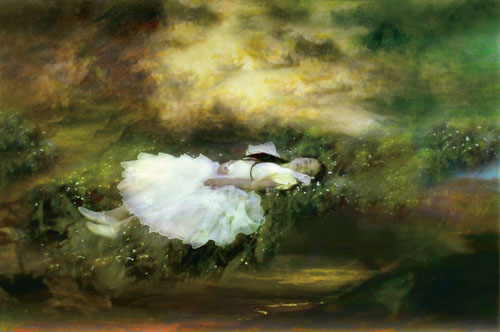
Ever since Lewis Carroll gave the original manuscript of Alice’s Adventures In Wonderland to 10-year-old Alice Liddell as an early Christmas gift in 1864, la visualizzazione della storia è stata un aspetto integrante del lavoro. Dalla fine del XIX secolo ai giorni nostri, visual artists around the world have found their own ways to reflect and portray the imaginative dreamlike world first discovered by an extremely curious and courageous little girl. So what do Carroll’s “Alice” books mean to Germans young and old?
The Hamburger Kunsthalle is now presenting its own Alice in the Wonderland of Art mostra, a considerably modified version of the Alice nel paese delle meraviglie exhibits shown earlier this year at the Tate Liverpool (Regno Unito) and the MART Rovereto (Italia). The exhibit features many new works drawn from Hamburger Kunsthalle’s own collection as well as from other major international museums and private collections. I asked the Curator of the exhibit, Dr. Annabelle Görgen-Lammers, to take me down the rabbit hole and talk me through the fantastic experience that visitors to the Hamburger Kunsthalle have in store.
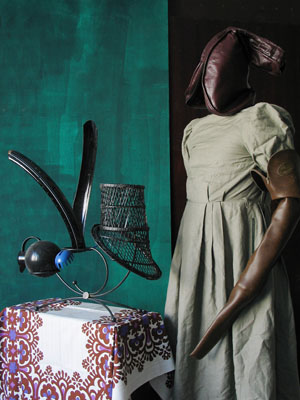
What do Lewis Carroll’s “Alice” books mean to Germans young and old?
Most Germans seem to remember Carroll’s “Alice” from their childhood. Their parents have read it to them and they have read it to their children, or they have seen one of the multiple “Alice” cinema. Thus for most visitors, the first association with the exhibition is going back into their own childhood and rediscovering the childhood feelings and childhood questions. Tuttavia, especially with the last popular film (by Tim Burton), “Alice” has become very popular with all people. Infine, con film cult degli anni '90 come Matrix che si riferiscono a scene di “Alice”, le persone di mezza età hanno iniziato a riscoprire l'ampia gamma di interpretazioni e i diversi strati della storia. Come “Alice” è entrato a far parte della memoria collettiva mondiale, e questo in larga misura basato sui film multipli, abbiamo anche posto l'accento sulle sale cinematografiche con interpretazioni artistiche della storia del primo film (1903) avanti. Abbiamo anche aggiunto riferimenti storici e recenti di teatro popolare — costumi e film — di produzioni ricorda il nostro pubblico in Germania (Per es. uno spettacolo di Robert Wilson con la musica di Tom Waits).
Cosa possono fare i visitatori dell'Hamburger Kunsthalle “Alice in the Wonderland of Art” mostra si aspettano di scoprire quando visitano?
L'ampia gamma di media in mostra dimostra la varietà di approcci a questo argomento, e con una messa in scena speciale, the exhibition transforms itself into a striking visual wonderland. Visitors can thus expect to discover new information on the making and reception of the story and exhibits of the highest art-historical quality. In aggiunta, they also can expect to dive emotionally and psychically into a wonderland themselves. They are confronted with very sensual art works, film rooms and whole room installations, in which their own bodies will seem to have shrunk together or expanded like Alice’s. With these corporal experiences they can start to understand in an emotional way all the metamorphoses Alice had to go through. They actually can experience what it is like to be confronted with repeated metamorphoses of the rooms, the language, the images, and their own bodies, and thus they can experience what it means to be confronted like Alice with the constant metamorphoses of your very self.
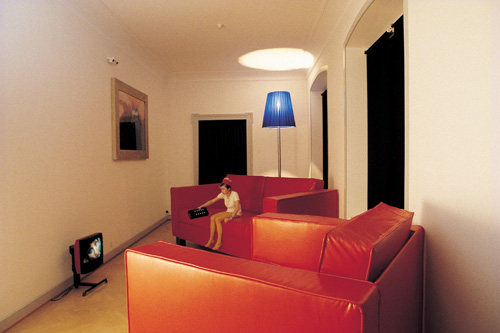
What will make the Kunsthalle’s exhibit unique in contrast to the Mart and the Tate version?
The artistic reflections on the subject of Alice in Wonderland clearly show that hidden within this apparently simple children’s story is an intricate web of references to the history of ideas, principles of logic and philosophical concerns. At the same time it is a highly entertaining story that contains many absurd, alogical or nonsense elements, and it is also peppered with subtle wit and irony. The imaginative dream-like world of the narrative thus allows existential issues to be explored in a “playful way.” We took this “playful way” of experiencing highly philosophical questions “seriously.” We took it as a model for our additions and remodeling of the exhibition. We added more than 20 additional artistic positions. Amongst others, we added fascinating works of very well-known artists like Pipilotti Rist, Leonor Fini, and Sir John Tenniel. We added major works of well-known German artists such as Stephan Balkenhol, and room-installations of Stephan Huber, but we also included very playful, sensual works of unknown young artists such as an interactive installation of the Finnish artist Hanna Haaslahti. In aggiunta, we arranged the exhibition in a completely new way. We quit the strict chronology and invented a course of metamorphoses that the visitor can experience himself. To help the public, which may not be completely clear anymore on the fascinating ideas and texts of the original book, we placed in every room one of the illustrations of John Tenniel, like a motto, introducing the specific topics and social or philosophical questions to which the artists displayed in the room refer.

Can you tell us about some of the German artists and writers that have been inspired by Lewis Carroll’s works? Are any of these important artists or their works featured in the Kunsthalle exhibit?
We added a lot of important works by international as well as German artists such as Max Ernst, Richard Oelze, Thorsten Brinkmann, Stephan Balkenhol, and Stephan Huber. Stephan Huber’s room installation for example consists of a tiny, secret door through which all visitors have to pass, to encounter behind this a giant hat of more than 2 meters size, which finally speaks to you, citing experiences that Alice had.
Do you think Germans are aware of the story behind the story, i.e. che Alice Liddell era l'ispirazione di Carroll per la storia e anche che molti dei personaggi del libro sono stati ispirati dalla sua famiglia e il suo ambiente?
I think after the visit to the exhibition, which includes a lot of material on Dodgson and the Liddell family, the visitor’s view on Alice is enriched on not only this point. As I have already experienced in the first weeks of the exhibition, this information is of great interest to the public who want to learn more about the historical background of this most imaginative story. Infine, we even have a photo by Dodgson of Alice Liddell as our main marketing motif and thus everyone dives into the wonderland by first getting to know the context of its creation.
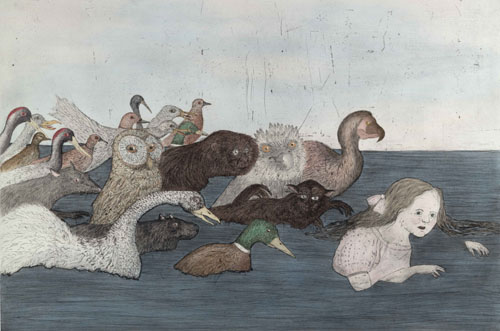
Che cosa significa questa mostra significa per te?
I think it is a great chance for every visitor to rediscover himself and his own childhood dreams — the fears as well as the hopes, the fantastic as well as the cruel sides of growing up. Thus it is a chance to reflect on one’s own life, in addition to discovering fascinating and historically prominent artworks. In the two years preparation, I myself had the chance by diving back into the book again to completely fall in love again with the story, its wit, and its deep content. Even if Wonderland is cruel in some parts, Carroll showed us that humor is a way to solve things. It is a highly philosophical book, which can be read on different layers like the exhibition we created about it and out of its spirit.
Quali sono alcuni dei tuoi preferiti personali nelle mostre?
As I am a specialist on surrealist art, I highly respect and value the reflection of the book by the surrealists, such as in Max Ernst’s “Alice from 1941.” But I also love the room installations allowing the spectator to become a playful participant and forcing him or her to reflect on his or her own identity. I highly appreciate the fascinating art films on Carroll’s inventions, such as Jan Svankmeier’s film, Jabberwocky, or Gary Hills’ Come on Petunia. But indeed, as in Wonderland, it is not the single encounter or one single work which puts things into question, it is the whole deliberately incoherent flow of the story and thus the totality of our reworked exhibition which is my favorite.
For more information on the Hamburger Kunsthalle “Alice” exhibit

All photos are courtesy of the Hamburger Kunsthalle.
Per ulteriori articoli Alice: clicca qui
C. M. Rubin è l'autore di due ampiamente lettura serie on-line per il quale ha ricevuto una 2011 Premio Upton Sinclair, “Il Global Ricerca per l'Educazione” e “Come faremo a Leggere?” Lei è anche l'autore di tre libri bestseller, Compreso The Real Alice in Wonderland.
Segui C. M. Rubin su Twitter: www.twitter.com/@cmrubinworld

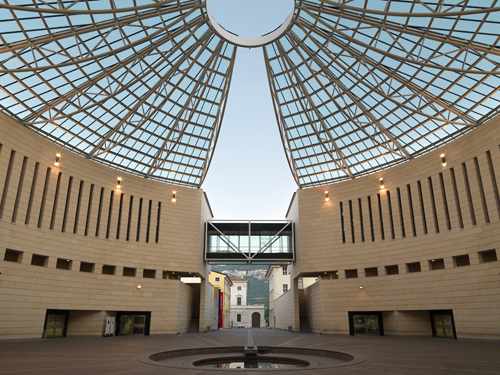
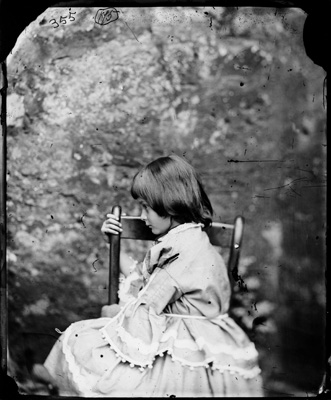
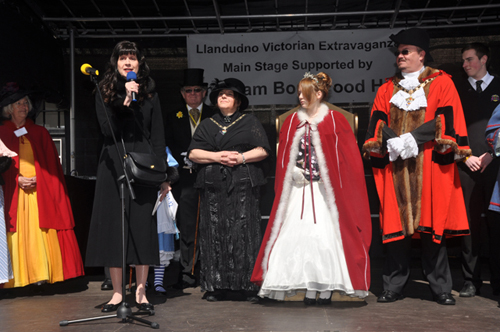
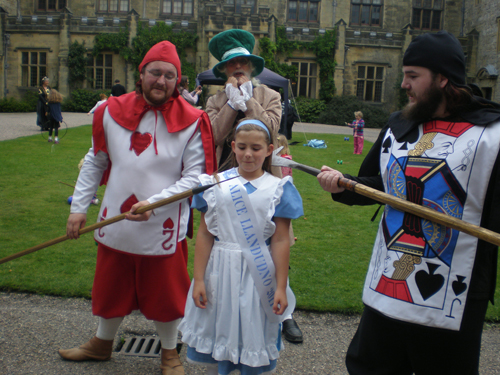
Commenti recenti